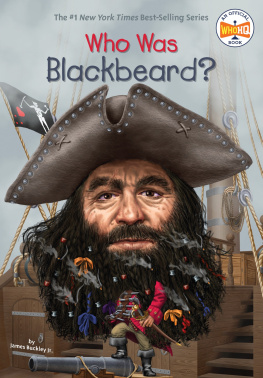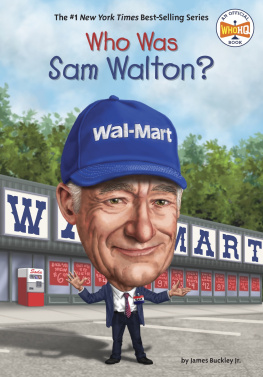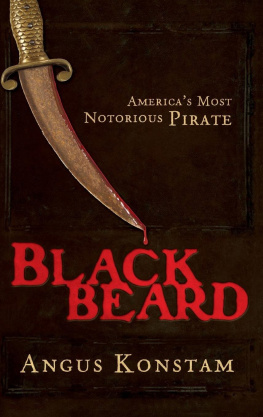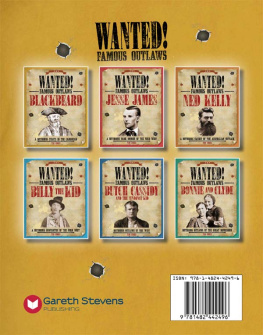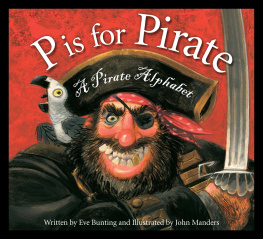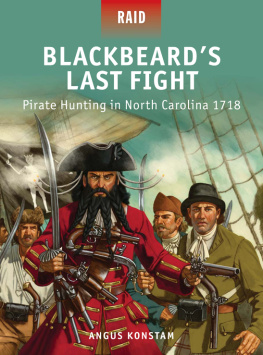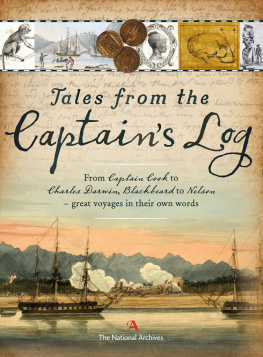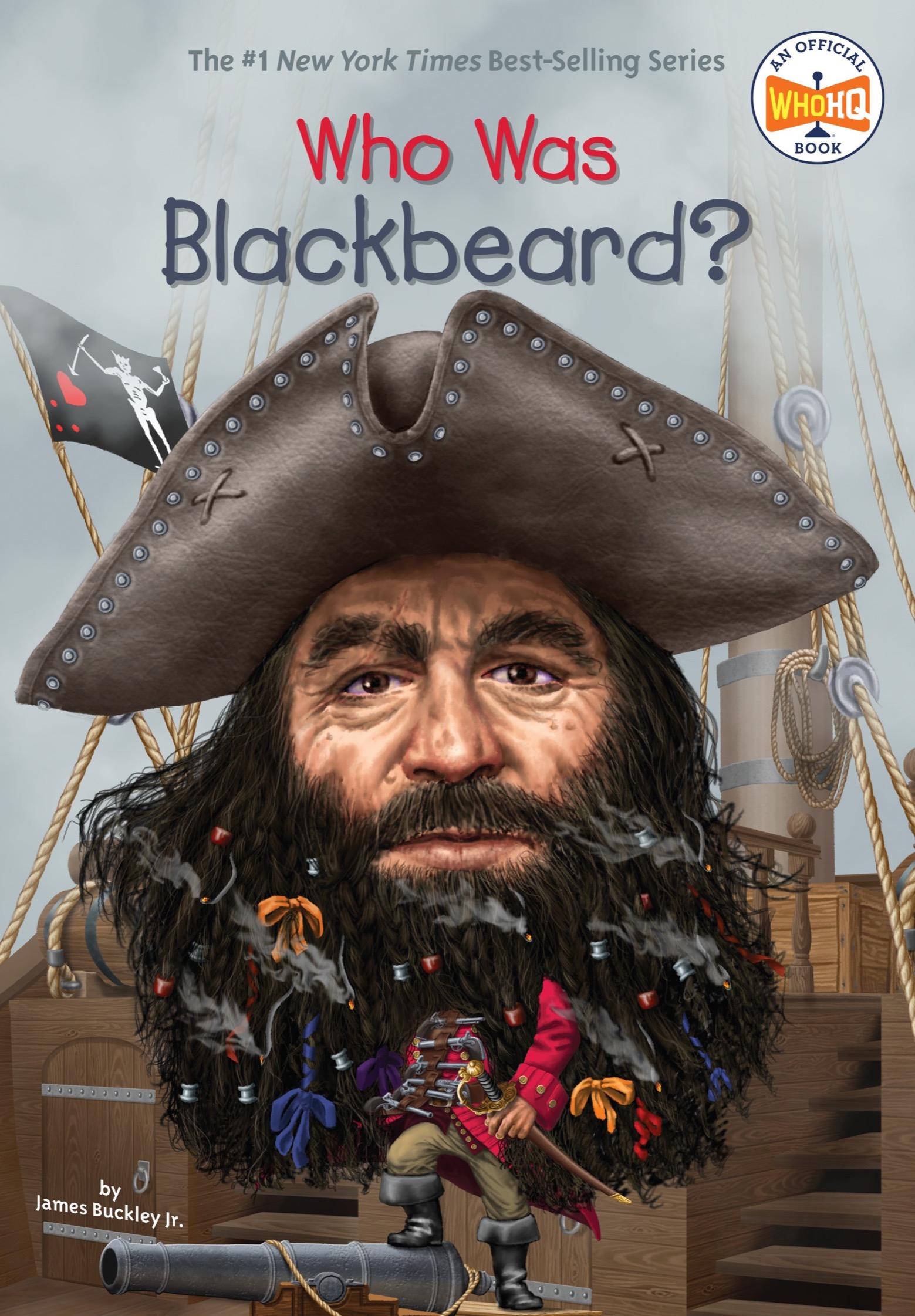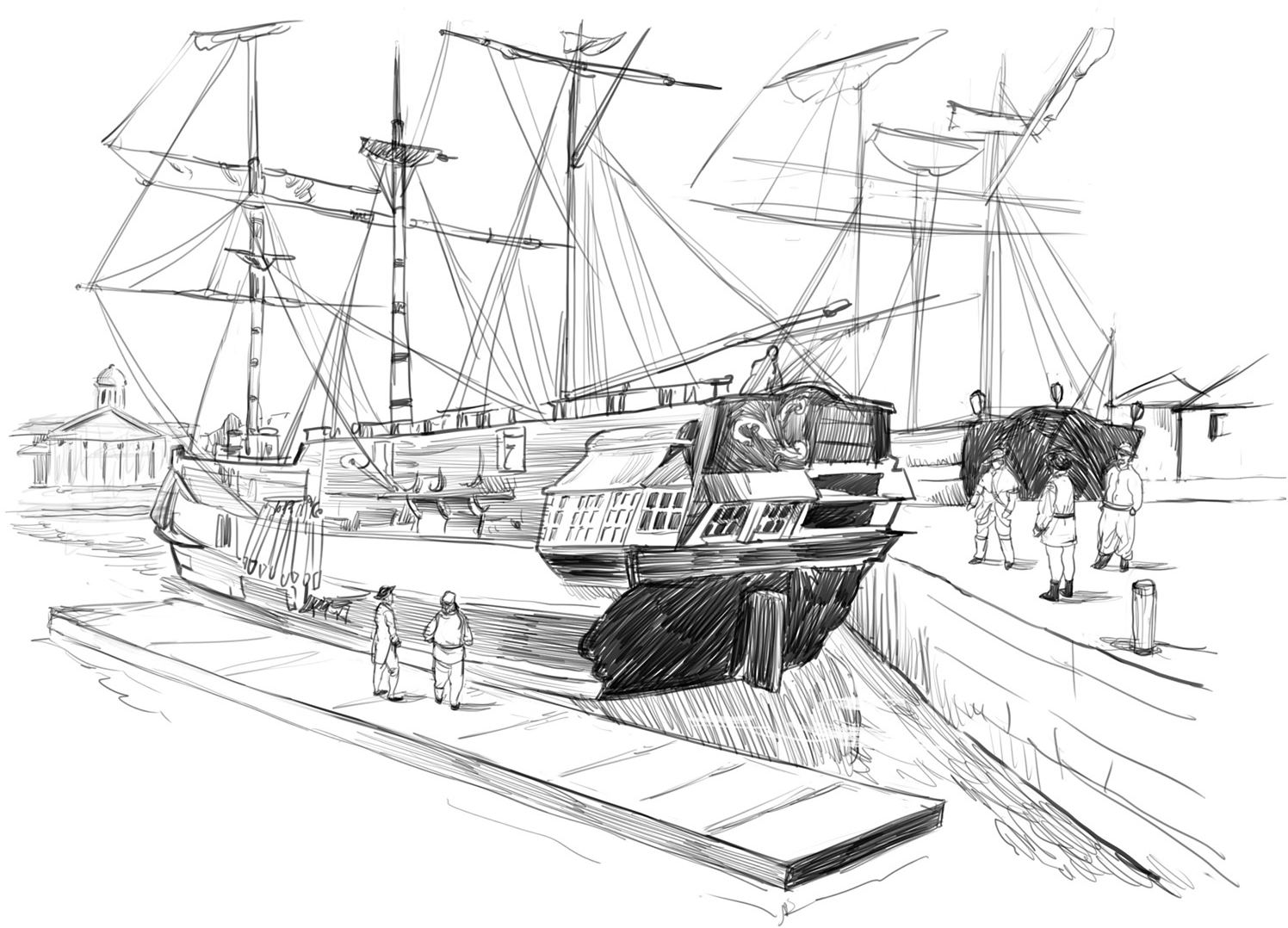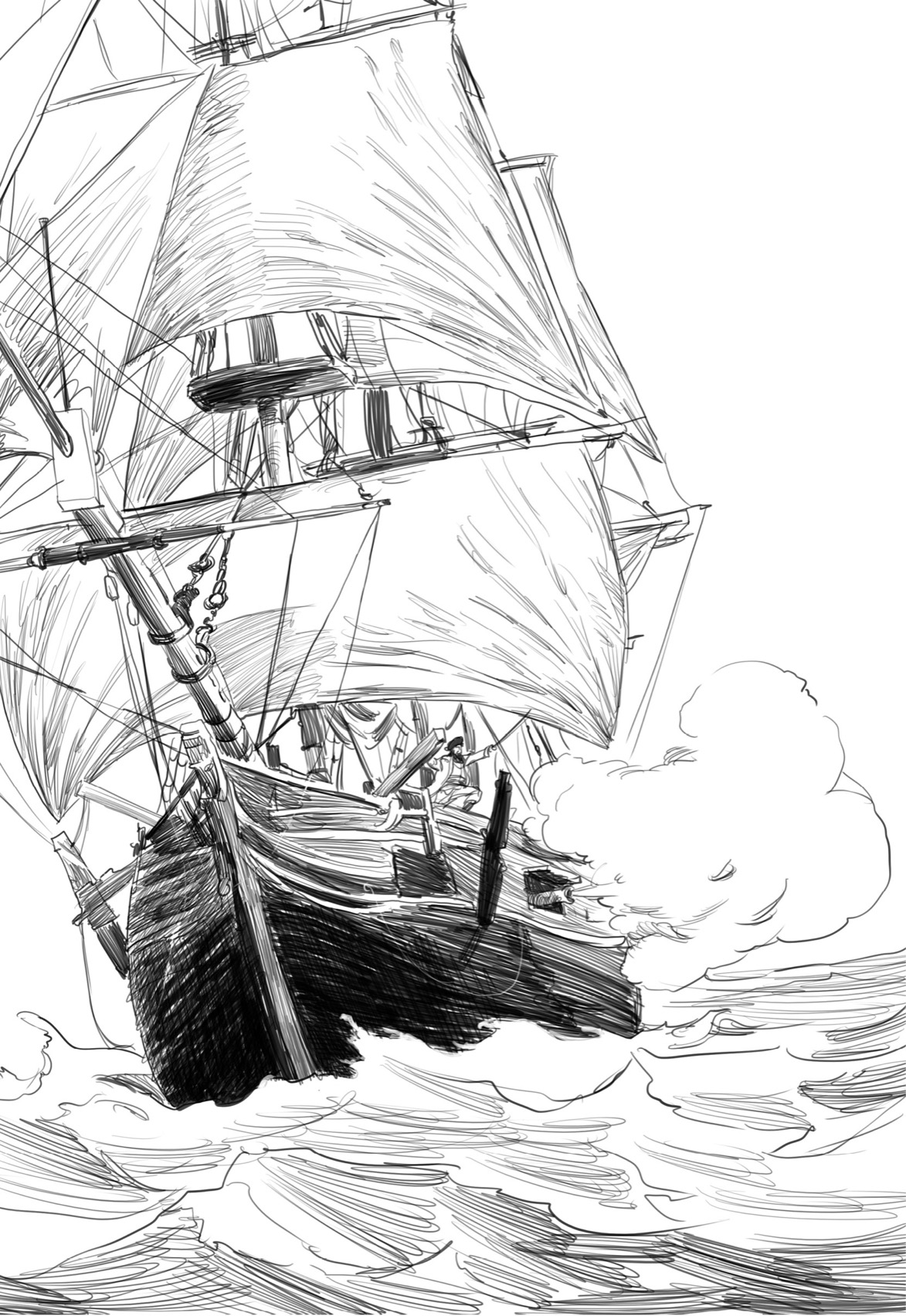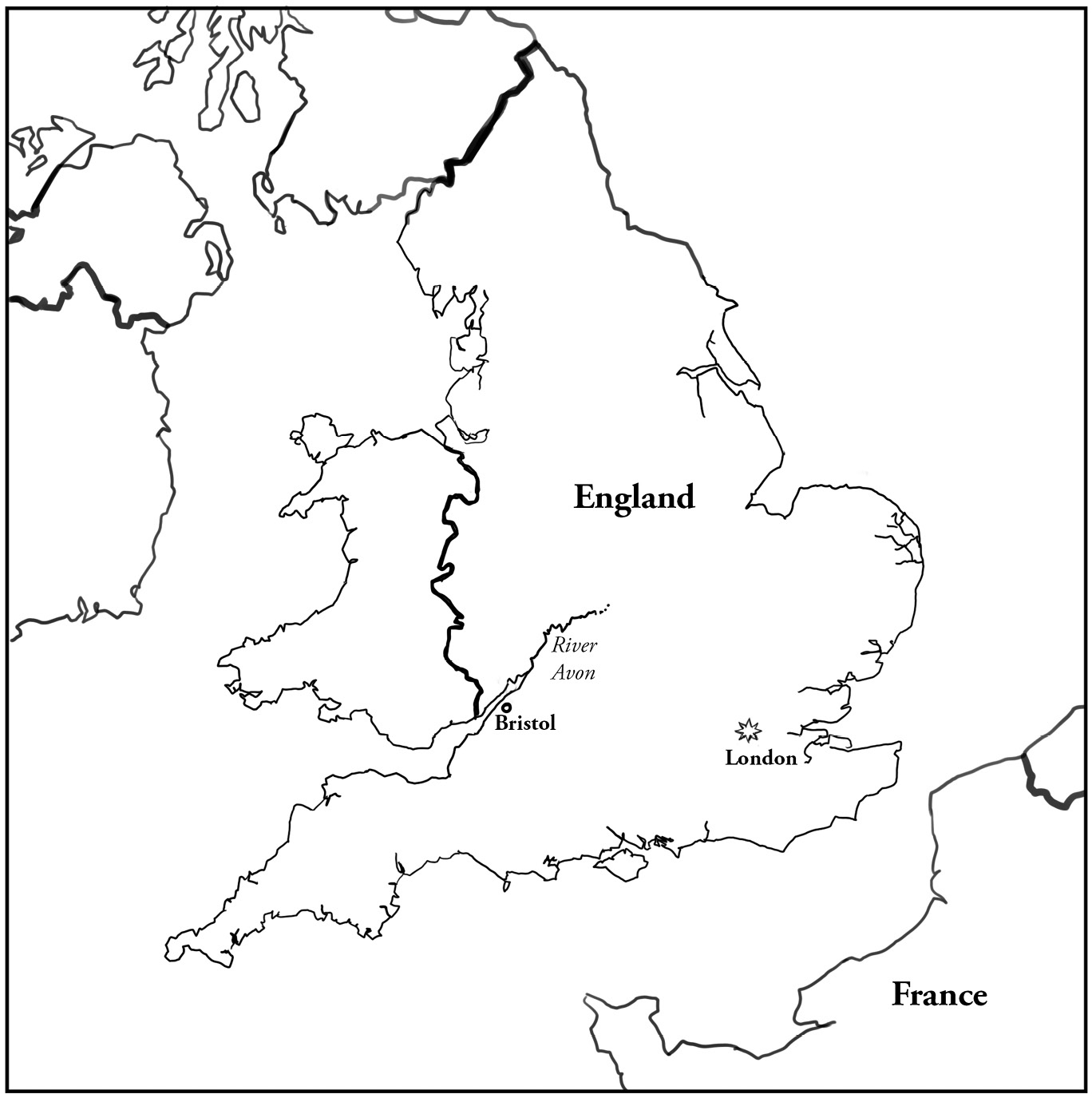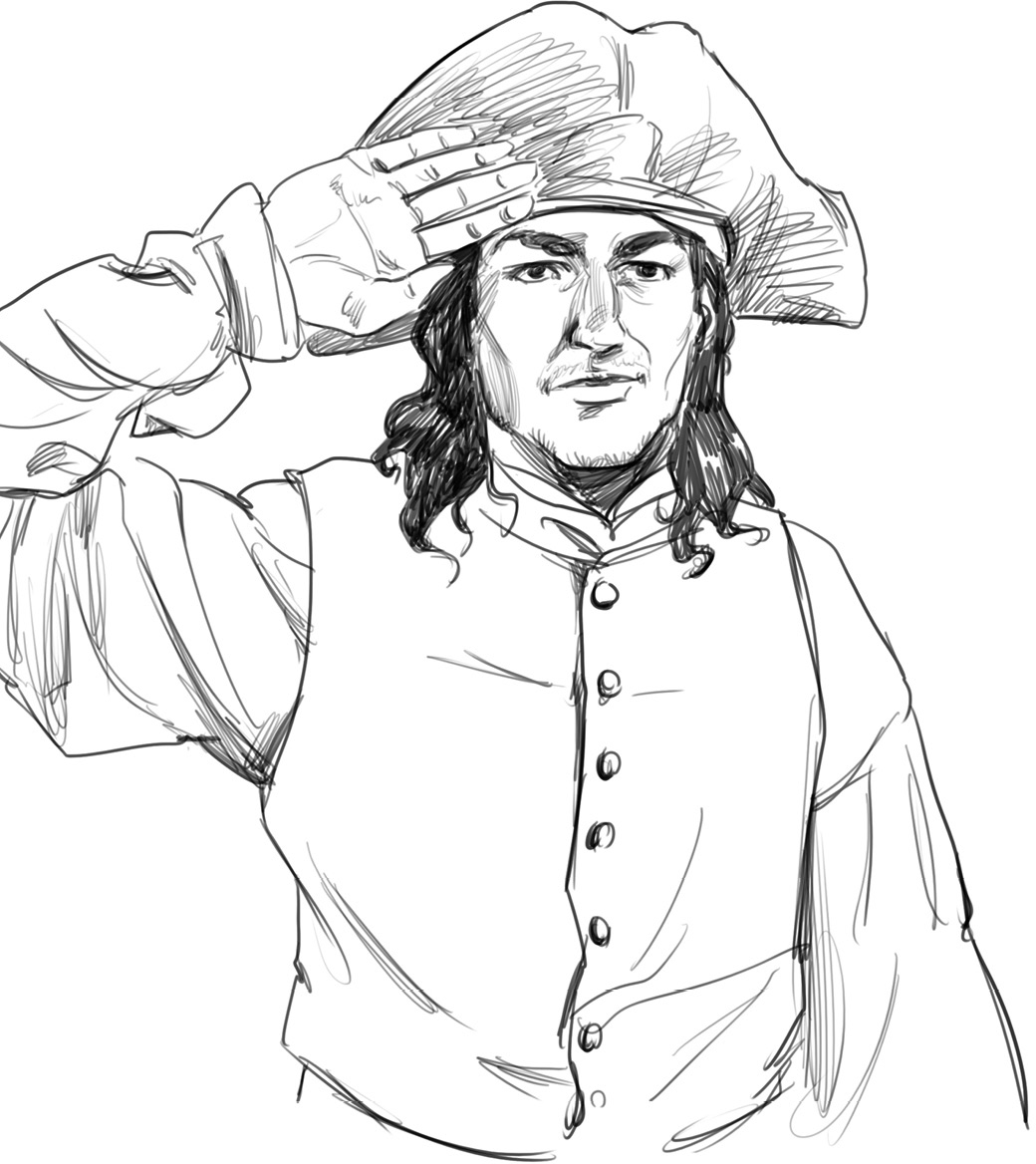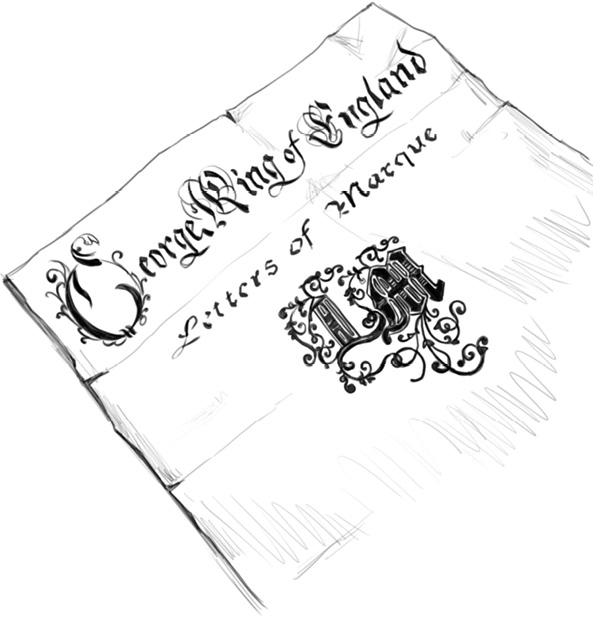Penguin supports copyright. Copyright fuels creativity, encourages diverse voices, promotes free speech, and creates a vibrant culture. Thank you for buying an authorized edition of this book and for complying with copyright laws by not reproducing, scanning, or distributing any part of it in any form without permission. You are supporting writers and allowing Penguin to continue to publish books for every reader.
The publisher does not have any control over and does not assume any responsibility for author or third-party websites or their content.
Text copyright 2015 by James Buckley Jr. Illustrations copyright 2015 by Penguin Random House LLC. All rights reserved. Published by Penguin Workshop, an imprint of Penguin Random House LLC, New York. PENGUIN and PENGUIN WORKSHOP are trademarks of Penguin Books Ltd. WHO HQ & Design is a registered trademark of Penguin Random House LLC. Printed in the USA.
Visit us online at www.penguinrandomhouse.com.
Who Was Blackbeard?
By 1717, Philadelphia was one of the largest cities in the American colonies, which were owned by Great Britain. Philadelphia was on the Delaware River, and its port welcomed ships from Europe almost every day. But in the fall of that year, many of those ships never made it to port. The few that did told tales that shocked and frightened the English colonists in and around Philadelphia. A pirate ship was lurking nearby in the Atlantic Ocean, where the Delaware met the sea.
Captains arriving in New York City and Baltimore told the same stories. A pirate was attacking their ships. He swooped in with his black flag flying. His men stormed merchant ships and stole everything that wasnt nailed down.
The pirate captain himself had a long black beard and wore belts rigged with pistols and swords. He wore lit pieces or rope in his beard so that his face was ringed by smoke. His vessel was equipped with cannons that sent iron balls smashing into the fragile sides of wooden ships. Only a brave few would dare to challenge him and his ferocious crew.
If speedy care be not taken they will become formidable.... Our government can make no defense, wrote Philadelphia merchant James Logan. Captain Charles Johnson later wrote that the pirate had frightened America more than any comet that has appeared in a long time.
This pirate was causing panic and fear throughout the American colonies. He continued his raids of terror down the Atlantic coast and into the Caribbean Sea. The people that he robbed and captured didnt know it at the time, but they were in the hands of the man who would become the most famous pirate ever: Blackbeard!
Chapter 1
Mysterious Beginnings
The man who became Blackbeard might have been born in Bristol, on the southwest coast of England, around the year 1680. Only one record has been found to prove that. The mans real name is a mystery, too. It often appears as Edward Teach. However, it was also written as Thatch, Tache, Tack, or Thatche.
It does make sense that a man like Teach would have come from a place like Bristol. At that time, Bristol was one of the major ports in England. It is located on the River Avon, which leads to the Atlantic Ocean. Shipbuilders in Bristol were famous throughout England for the strength and design of their boats. The busy docks were crowded with ships and sailors. A boy like Edward Teach would have found lots to see and do. In fact, many young boys found jobs on ships as cabin boys or servants.
Ships left from Bristol for trips to ports all around the world. All those departing ships meant that there was a great need for sailors. Thousands of men from Bristol had become sailors on merchant ships. Others joined the British Royal Navy.
By the 1600s, European countriesincluding Spain, England, and Francehad claimed parts of the Americas and the Caribbean islands as colonies. The only way to reach those colonies was by sailing, so sailors headed west in great numbers. The ships carried food, clothing, building materials, slaves, and colonists to the New World. They returned with sugar, rum, gold, tobacco, and spices.
Edward Teach was said to have fought as a sailor in Queen Annes War, which lasted from 1702 to 1713. He would have been in his early twenties at the time. England fought this war against Spain and France in Europe and all along the Atlantic coast of its American colonies. Edward did not join the crew of an official Royal Navy ship. To fight the war, Great Britain and other nations used privateersprivately owned ships that were given permission by the government to attack the enemy, in this case Spanish and French ships. Edward would have sailed on a privateer.
Captain Johnson wrote that Edward had uncommon boldness and personal courage as a sailor.
LETTERS OF MARQUE
IF A SHIPS CAPTAIN WANTED TO BECOME A PRIVATEER, HE ASKED FOR A LETTER OF MARQUE (MARK). A LETTER OF MARQUE WAS A GOVERNMENT LICENSE. IT GAVE THE CAPTAINAN ORDINARY CIVILIANPERMISSION TO ATTACK AND CAPTURE ENEMY SHIPS. MOST COUNTRIES USED PRIVATEERS IN ADDITION TO THEIR OWN NAVIES. THESE PRIVATE SHIPS DIDNT COST THE GOVERNMENT ANYTHING, AND THEY COULD HELP DISRUPT THE ENEMY BY CAPTURING NECESSARY SUPPLIES. GRANTING A LETTER OF MARQUE WAS AN INEXPENSIVE WAY TO INCREASE A GOVERNMENTS PRESENCE AT SEA. REQUESTING A LETTER OF MARQUE WAS CONSIDERED A PATRIOTIC CAREER CHOICE.

